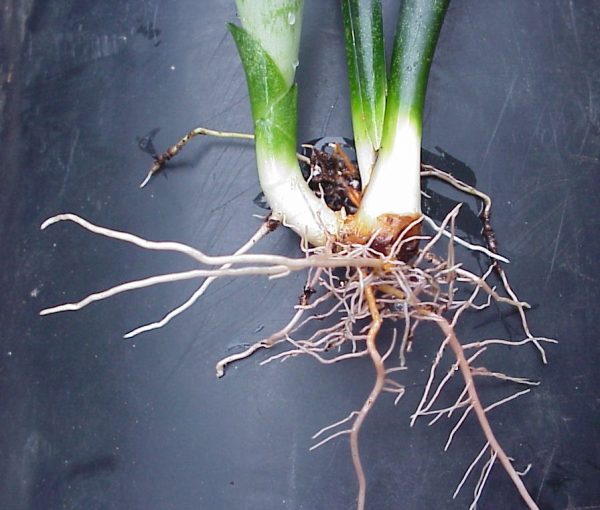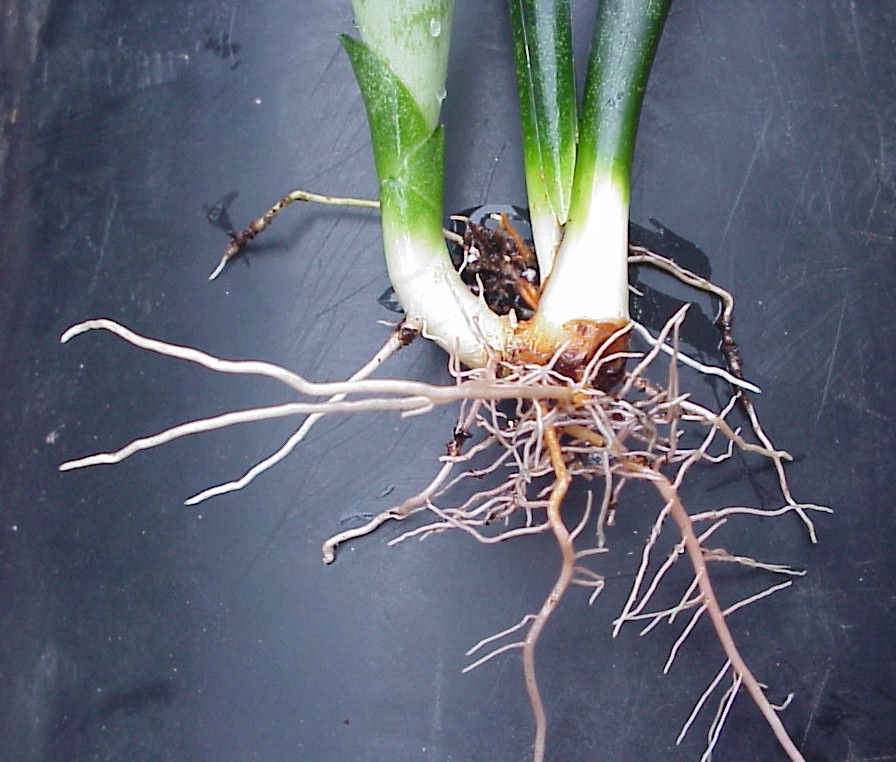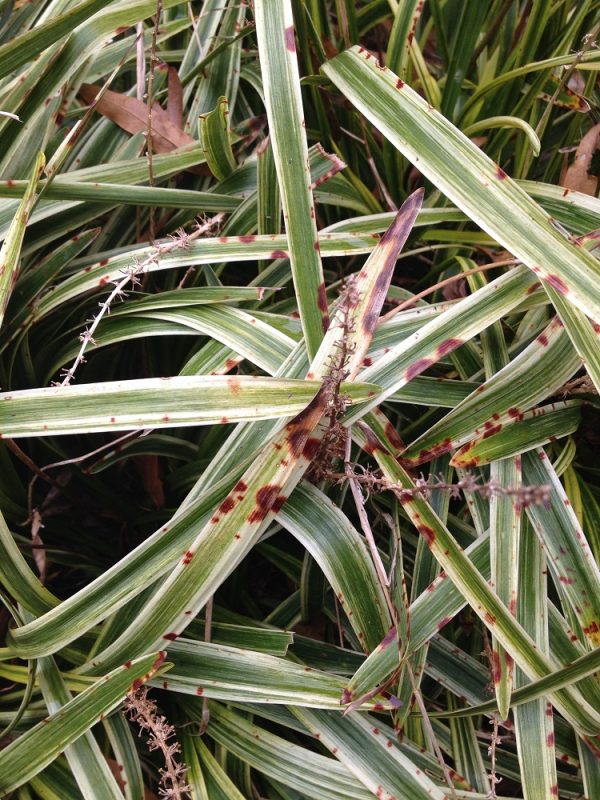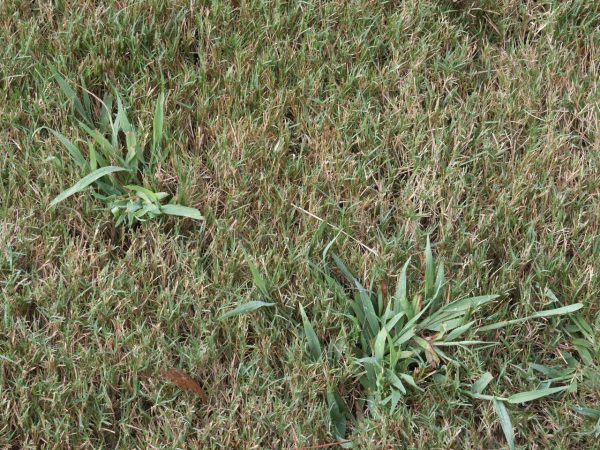Effect of Food Coloring on Plants – Science Fair Project

Q: I am a Junior in High school in Cherokee County. I am currently working on an experiment that involves coloring house plants, particularly the Dieffenbachia ‘Camille,’ with food coloring.
At first I was growing these plants in soil and watering them regularly with the colored water, but it did not work. I then grew them bare root in a vase with the food coloring in order to eliminate any possibility of the soil acting as a filter. This method also did not work and only led to root rot. Both times the only part of the plant to change color was the roots.
Since this idea works with cut flowers, such as carnations, I am wondering if the roots are acting as a filter, and if this is possible how and why. If the roots can separate color, what else can they separate?
A: What an excellent topic!
I’m not a plant physiologist but my guess is that plant roots somehow specialize in absorbing only the chemicals that benefit them: water, nitrogen, phosphorus, potassium and a few micro-nutrients.
The dye chemicals don’t help the plant, so it ignores them. I imagine the roots can differentiate between many other chemicals and the ones that are beneficial.
The reason dye colors cut flowers is that the osmotic action of the xylem pulls whatever water/dye solution it’s immersed into.
My grandmother once believed that putting red clay around her roses would make the blooms brighter. I doubt it was the cause…but she had pretty flowers!

















